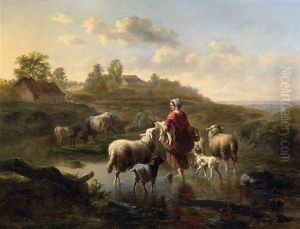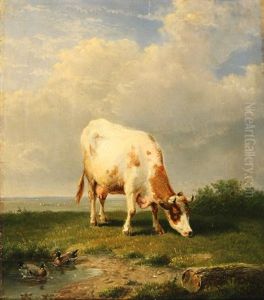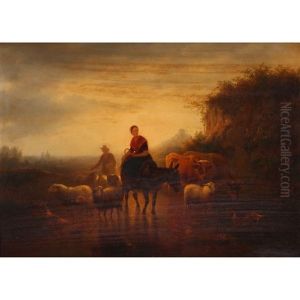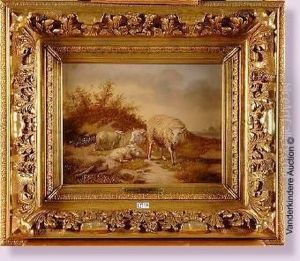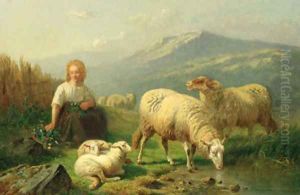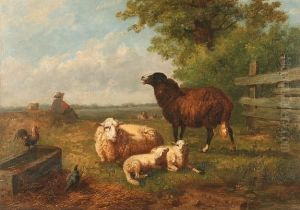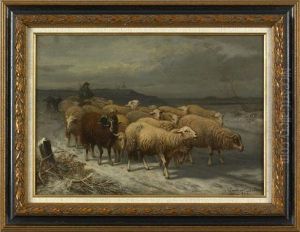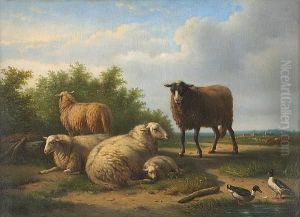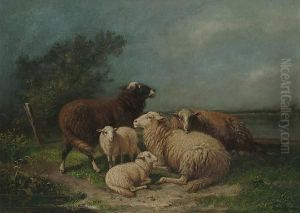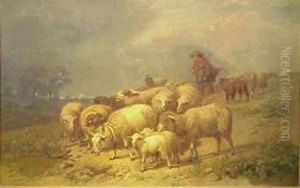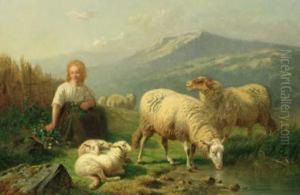Laurent De Beul Paintings
Laurent De Beul was a notable Belgian sculptor born in 1853 in Dendermonde, Belgium. He was recognized for his contributions to the Neo-Renaissance style, a movement that sought to revive the artistic principles and aesthetics of the Renaissance period. Throughout his life, De Beul dedicated himself to the creation of sculptures that often reflected themes of mythology, history, and allegory, showcasing a deep appreciation for classical traditions alongside a keen eye for detail and emotion.
De Beul's education in the arts took place at the Academy of Fine Arts in Dendermonde, where he honed his skills under the tutelage of experienced sculptors and artists. His talent was evident early on, and he quickly garnered attention for his intricate and expressive works. After completing his studies, De Beul furthered his education and artistic development by traveling to Paris, a city that, during the late 19th century, was a vibrant hub for artists and intellectuals from around the world. It was in Paris that De Beul was exposed to a myriad of artistic styles and influences, which he skillfully incorporated into his own unique approach to sculpture.
Throughout his career, Laurent De Beul participated in numerous exhibitions, both in Belgium and internationally, earning accolades and recognition for his artistic achievements. His works were celebrated for their technical precision, emotional depth, and adherence to the classical ideals of beauty and harmony. De Beul's sculptures often featured figures from mythology and history, rendered with a lifelike quality and imbued with a sense of narrative that engaged viewers.
Despite his success and the admiration he received from his contemporaries, Laurent De Beul remained dedicated to his craft, continually striving to perfect his technique and explore new themes and ideas in his work. He also took an active role in the artistic community, mentoring younger artists and contributing to the development of the arts in Belgium.
Laurent De Beul passed away in 1935, leaving behind a legacy of artistic excellence that continued to influence Belgian sculpture and the Neo-Renaissance movement. His works remain cherished by art enthusiasts and scholars for their beauty, craftsmanship, and contribution to the revival of classical ideals in modern art.

